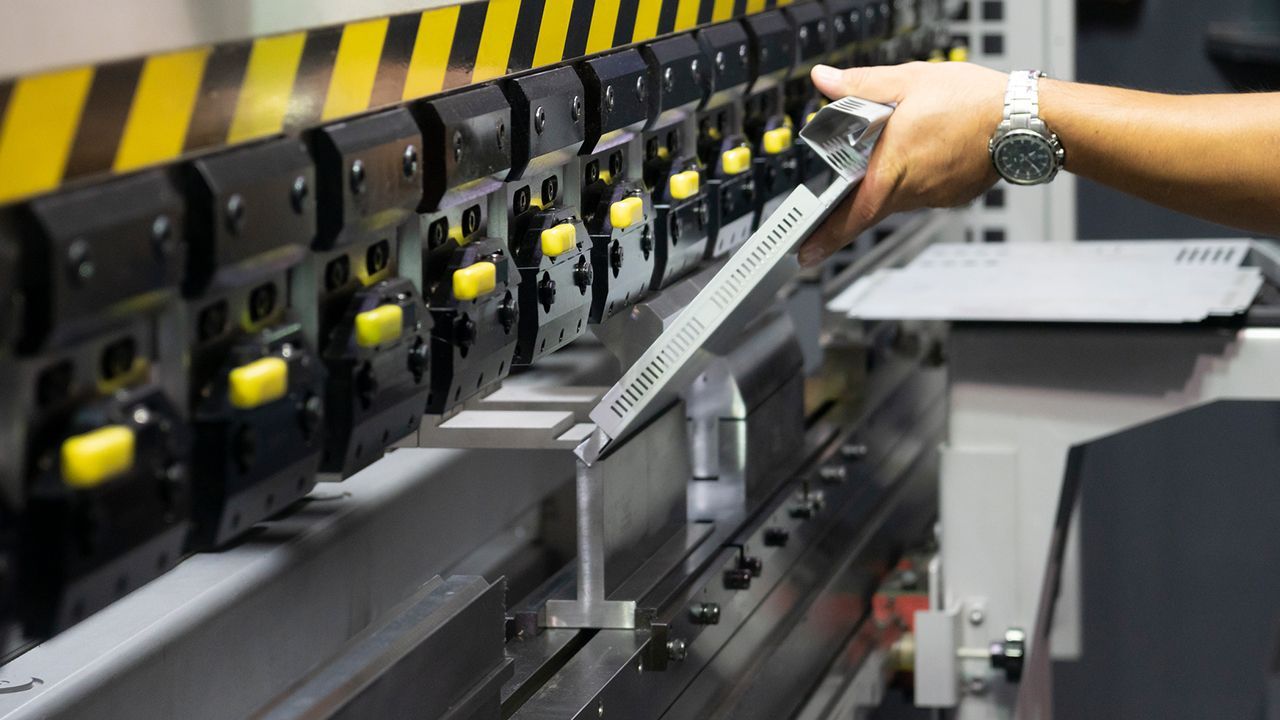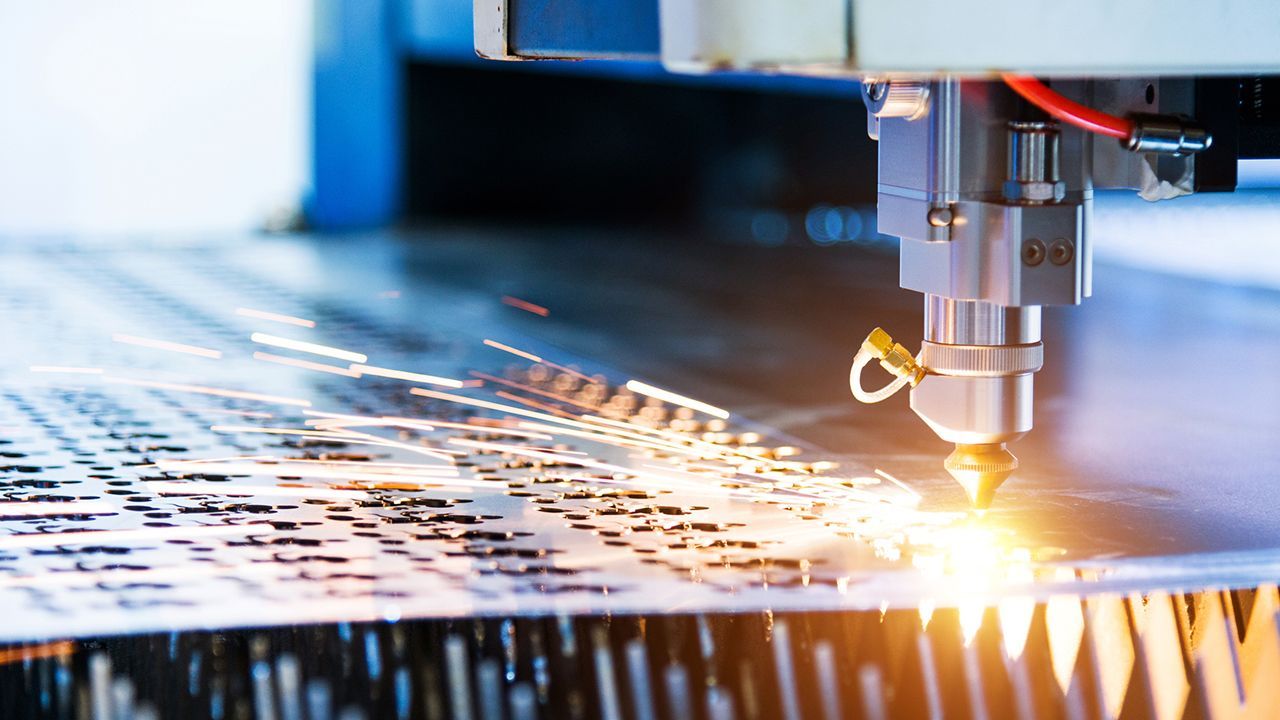Welded vs. Bolted Connections: Choosing the Right Fastening Method for Your Project
In the realm of construction and engineering, the choice between welded and bolted connections is a critical decision that can significantly impact the structural integrity, assembly process, maintenance requirements, and overall success of a project. Each method offers distinct advantages and considerations, making it essential for designers and engineers to carefully evaluate their options based on project-specific needs. Let's delve into the differences between welded and bolted connections to help you make an informed decision for your next project.
Welded Connections: Strength and Durability
Welding is a process that involves joining metal components by melting and fusing them together. Welded connections offer unparalleled strength and durability, making them ideal for applications where structural integrity is paramount. The fusion of materials creates a seamless and robust bond, capable of withstanding significant loads and stresses.
One of the key advantages of welded connections is their ability to distribute stress evenly across the joint, resulting in a uniform and reliable connection. This feature makes welded connections particularly well-suited for load-bearing structures such as bridges, buildings, and industrial equipment. Additionally, welded connections are often preferred in environments with high levels of vibration or dynamic loads, as they are less prone to loosening or failure over time.
Despite their strength and durability, welded connections may pose challenges in terms of assembly and maintenance. Welding requires specialized equipment and skilled labor, which can increase project costs and time constraints. Additionally, welded connections are permanent and difficult to modify or disassemble once they are in place, limiting flexibility for future modifications or repairs.
Bolted Connections: Flexibility and Ease of Installation
In contrast to welded connections, bolted connections involve fastening metal components together using bolts, nuts, and washers. Bolted connections offer greater flexibility and ease of installation, making them suitable for applications where adjustability, accessibility, or future modifications are anticipated.
One of the primary advantages of bolted connections is their ability to be easily disassembled and reassembled, allowing for quick adjustments, repairs, or upgrades as needed. This feature makes bolted connections highly desirable in scenarios where frequent maintenance, reconfiguration, or expansion is expected, such as in modular construction or temporary structures.
Additionally, bolted connections offer greater ease of inspection and quality control, as they allow for visual confirmation of proper installation and tightening. This facilitates efficient maintenance procedures and ensures the integrity of the connection over time.
However, it's important to note that bolted connections may not offer the same level of strength and rigidity as welded connections, particularly in high-load or high-stress applications. Careful consideration must be given to factors such as bolt size, material grade, and tightening torque to ensure the integrity and stability of the connection.
Choosing the Right Connection Method for Your Project
When deciding between welded and bolted connections for your project, it's essential to carefully evaluate the specific requirements, constraints, and performance expectations. Consider factors such as:
- Structural requirements: What is the intended purpose of the connection, and what level of strength and stability is required?
- Installation and assembly constraints: Are there limitations or challenges related to access, space, or equipment availability?
- Maintenance and future modifications: Will the structure need to be modified, expanded, or repaired in the future, and how easily can this be accomplished?
- Budget and timeline: What are the cost and time implications associated with each connection method?
By thoroughly assessing these factors and consulting with experienced engineers or fabricators, you can make an informed decision that aligns with your project goals and ensures the long-term success and reliability of your structure.
Conclusion
In the debate between welded and bolted connections, there is no one-size-fits-all solution. Both methods offer unique advantages and considerations, and the best choice ultimately depends on the specific requirements and constraints of your project. Whether you prioritize strength and durability or flexibility and ease of installation, understanding the differences between welded and bolted connections is essential for achieving optimal results in metal fabrication and construction.
At JL Metals, we specialize in providing customized metal fabrication solutions tailored to your unique needs and specifications. Contact us today to learn more about how we can help you choose the right connection method for your next project and deliver superior results that exceed your expectations.


384 Millen Road, Unit B
Stoney Creek,
ON L8E 2P7
905-643-0016
All Rights Reserved | JL Metals Inc.
Empowered by Balla Media | Privacy Policy

